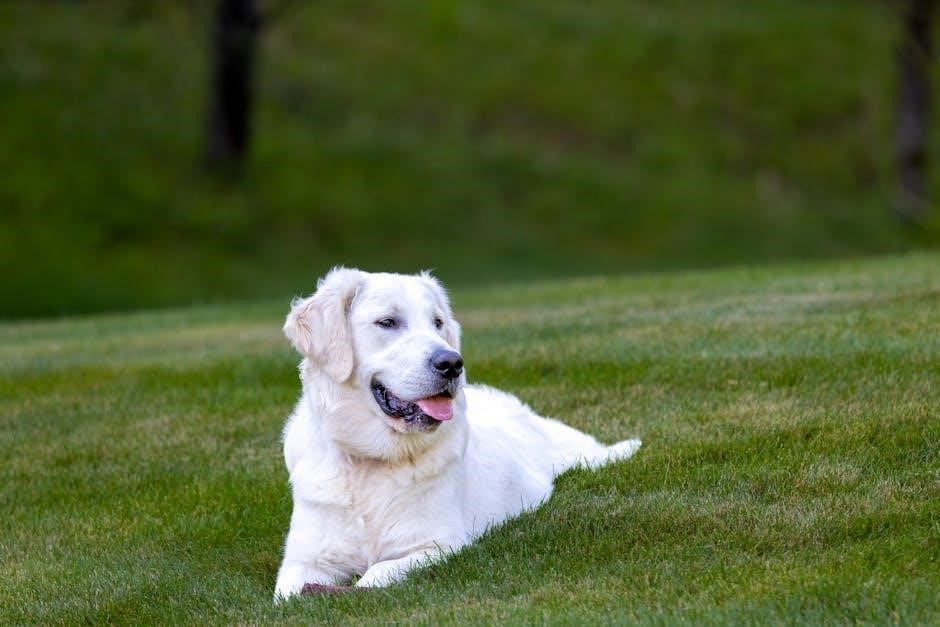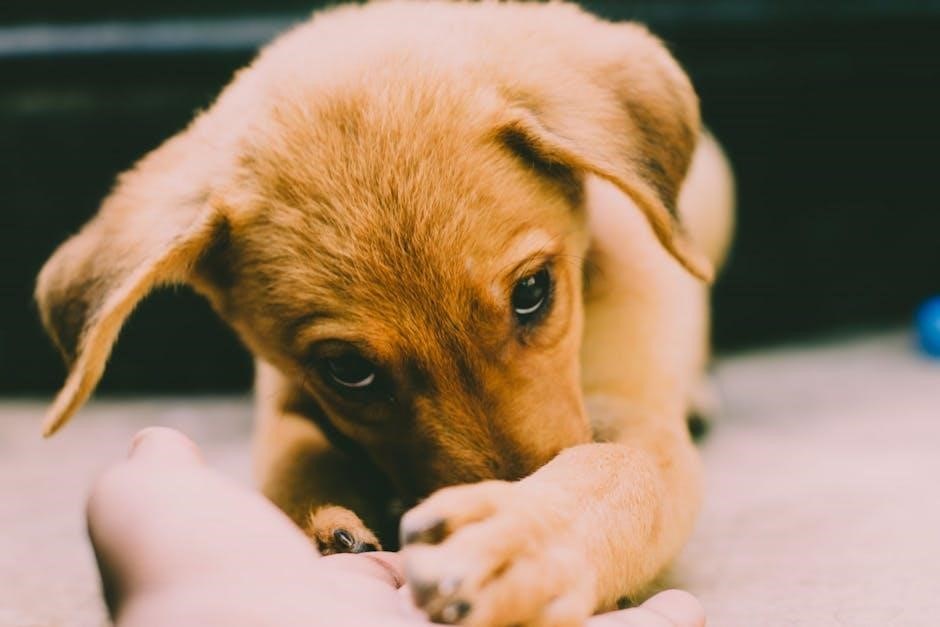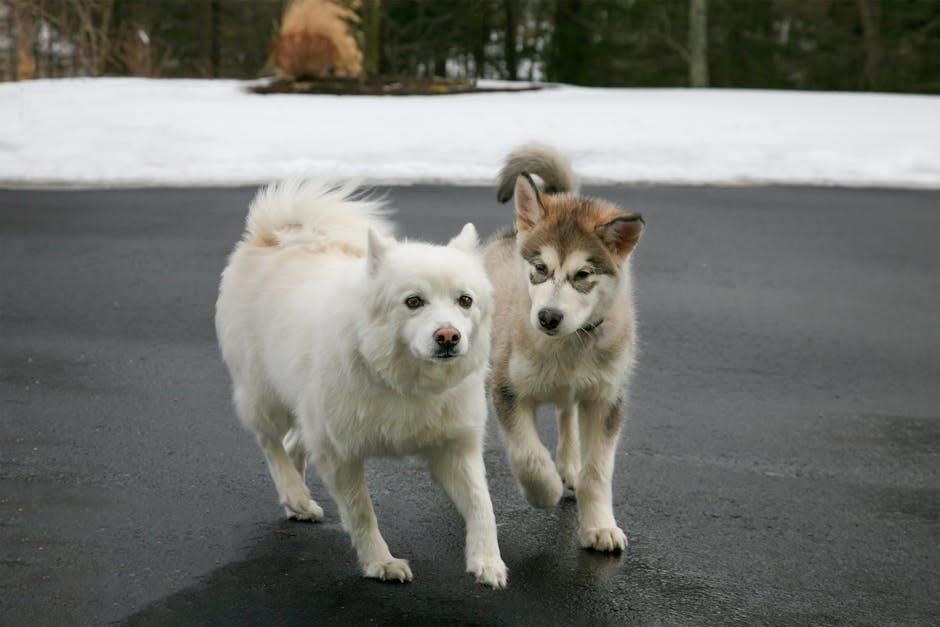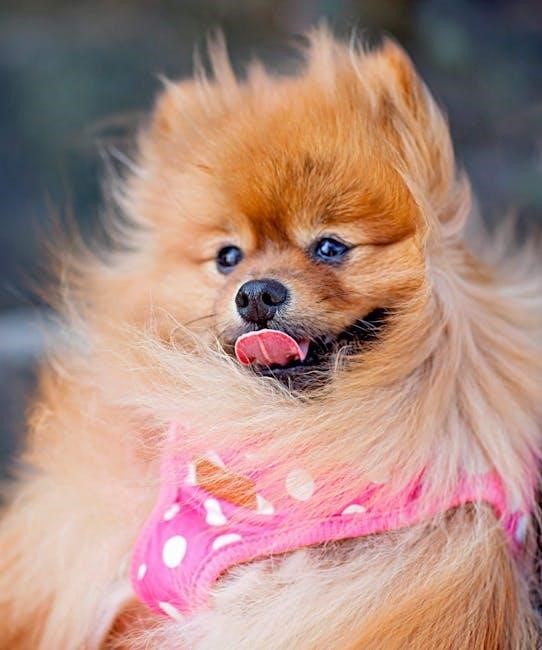Essential Items for Your New Puppy
Ensure you have food and water bowls, a comfortable crate, a leash, collar, and ID tag. Stock up on high-quality puppy food and durable chew toys. Start with a variety of toys to discover your puppy’s preferences. Don’t forget poop bags, grooming tools, and a cozy bed for comfort. These basics will help your new furry friend settle in smoothly.
- Food and water bowls
- Comfortable crate
- Leash and collar
- ID tag
- High-quality puppy food
- Durable chew toys
1.1 Food and Water Bowls
Stainless steel bowls are ideal for your puppy as they are durable, easy to clean, and resistant to chewing. Opt for non-slip bottoms to prevent sliding during meals. Choose a size appropriate for your puppy’s breed and expected growth. Portable bowls are handy for travel or outdoor use. Ensure you have separate bowls for food and water to maintain hygiene. Wash the bowls regularly to keep them clean and free from bacteria. Proper feeding utensils are essential for your puppy’s health and comfort.

- Stainless steel or ceramic bowls
- Non-slip bottoms
- Separate bowls for food and water

1.2 Comfortable Crate and Bedding
A crate is essential for training and providing a safe space for your puppy. Choose a crate that fits your puppy’s size, with enough room to stand, turn, and lie down. Line it with soft, washable bedding like a plush mat or crate pad. Avoid using blankets that could pose a choking hazard. Place the crate in a quiet, cozy area to help your puppy feel secure. Rotate bedding regularly to keep it clean and fresh, ensuring your puppy’s comfort and hygiene.
- Well-sized crate for comfort
- Soft, washable bedding
- Avoid small or loose fabrics
1.3 Leash, Collar, and ID Tag
A durable, adjustable collar and a comfortable leash are must-haves for walks and training. Choose a collar with a quick-release buckle for safety. Include an ID tag with your contact information to ensure your puppy can be identified if lost. Opt for a fabric or leather leash for comfort and control. Avoid retractable leashes initially, as they can be difficult to manage. These items are essential for safe outings and proper identification of your new furry friend.
- Adjustable collar with quick-release buckle
- Durable, comfortable leash
- Engraved ID tag with contact details

Puppy Toys and Chews
Puppies need toys to keep them entertained, stimulated, and comfortable during teething. Choose durable chew toys, interactive fetch toys, and soft teething aids to support their development.
- Teething toys
- Interactive fetch toys
- Durable chew toys
2.1 Teething Toys
Teething toys are essential for puppies to alleviate discomfort during tooth development. Opt for durable, safe options like rubber toys or cold teething aids. These help reduce chewing on furniture and shoes while providing relief. Choose toys designed for your puppy’s age and size to ensure safety. Rotate toys regularly to keep your puppy engaged and interested. Avoid toys with small parts that can be easily detached and swallowed. Teething toys not only soothe sore gums but also promote healthy dental development as your puppy grows.
- Durable rubber toys
- Cold teething aids
- Age-appropriate designs
2.2 Interactive and Fetch Toys
Interactive and fetch toys are perfect for engaging your puppy mentally and physically. Plush toys, frisbees, and tennis balls are great for playtime and bonding. Durable fetch toys encourage exercise and help with training. Interactive toys like puzzle toys challenge your puppy, reducing boredom and destructive behavior. Rotate toys to keep your puppy interested and ensure they remain entertained. These toys are essential for fostering curiosity and energy release, making them a must-have in your puppy’s toy collection.
- Plush toys
- Frisbees
- Tennis balls
- Puzzle toys
2.3 Durable Chew Toys
Durable chew toys are essential for puppies, especially during teething. They provide relief from discomfort and prevent destructive chewing. Look for sturdy options like rubber toys or nylon chews. Avoid soft plastics that can break easily. Toys like KONGs or heavy-duty rubber balls are excellent choices. Rotate toys to keep your puppy interested and ensure they remain durable. These toys help maintain dental health and keep your puppy occupied, reducing the risk of chewing household items.
- Rubber toys
- Nylon chews
- KONG toys
- Durable rubber balls

Feeding Your New Puppy
Provide high-quality puppy food tailored to their age and breed; Follow the feeding chart and consult your vet for portion sizes. Avoid overfeeding to prevent obesity.
- High-quality puppy food
- Feeding schedule
- Portion control
- Avoid overfeeding
3.1 High-Quality Puppy Food
Choose a nutrient-rich, high-quality puppy food suitable for your puppy’s age, breed, and health needs. Consult your vet to select the best option. Ensure the food is specifically formulated for puppies, as adult dog food lacks essential nutrients for growth. Look for AAFCO approval, indicating it meets nutritional standards. Avoid fillers and opt for balanced protein, fat, and carbohydrate content. Proper nutrition supports healthy development, energy, and immunity. Consider your puppy’s dietary needs and preferences, such as grain-free or limited-ingredient diets, if necessary. Always transition foods gradually to prevent digestive issues.
- Nutrient-rich puppy food
- Age and breed-specific formulas
- Veterinary consultation
- AAFCO approval
- Protein, fat, and carb balance
3.2 Feeding Schedule and Portion Control
Establish a consistent feeding schedule to ensure your puppy grows healthy and strong. Feed 3-4 times a day for puppies under six months, reducing to twice a day as they mature. Use the feeding chart on your puppy food packaging and consult your vet for portion sizes. Monitor your puppy’s weight to avoid overfeeding, adjusting portions as needed. Divide daily rations evenly to prevent overeating and maintain energy levels. Stick to the schedule to promote routine and prevent digestive issues;
- Feed 3-4 times daily for puppies under six months
- Reduce to twice daily as they mature
- Follow food package guidelines
- Consult your vet for portion advice
- Monitor weight and adjust portions
3.4 Tips for Avoiding Overfeeding
Monitor your puppy’s weight and adjust portions to prevent obesity. Use the feeding chart on the food package as a guide. Avoid giving too many treats, as they add extra calories. Divide daily rations into smaller, frequent meals to prevent overeating. Be mindful of your puppy’s age and size, as needs vary. Consult your vet for personalized advice to ensure your puppy stays healthy and active without overfeeding.
- Monitor weight regularly
- Use food package feeding charts
- Limit treats and snacks
- Divide meals into smaller portions
- Consult your vet for guidance

Veterinary Care for Your New Puppy
Schedule your puppy’s first vet visit within a week of bringing them home. Follow the recommended vaccination schedule and discuss preventative care for fleas, ticks, and heartworms.
4.1 First Vet Visit Checklist
Prepare for your puppy’s first vet visit by gathering necessary documents like vaccination records and a stool sample. Bring their ID tag and a list of questions for the vet. Include a favorite toy for comfort during the visit. Discuss the vaccination schedule and preventative care for fleas, ticks, and heartworms. Ensure you understand any prescribed treatments and follow-up appointments.

- Vaccination records
- Stool sample
- ID tag
- List of questions
- Favorite toy
4.2 Vaccination Schedule
A proper vaccination schedule is crucial for your puppy’s health. Core vaccines, such as distemper, parvovirus, and rabies, are typically administered starting at 6-8 weeks of age. Follow-up doses are given every 3-4 weeks until your puppy is 12-16 weeks old. Non-core vaccines may be recommended based on your puppy’s lifestyle and exposure risks. Consult your vet to create a tailored schedule and ensure your puppy is protected from life-threatening diseases. Stick to the schedule to maintain your puppy’s immunity.
- Core vaccines: distemper, parvovirus, rabies
- Start at 6-8 weeks, with boosters every 3-4 weeks
- Final round by 12-16 weeks
- Non-core vaccines based on lifestyle
4.3 Preventative Care (Flea, Tick, Heartworm)
Protect your puppy from fleas, ticks, and heartworms with regular preventative care. Flea and tick prevention can be done through topical treatments or oral medications. Heartworm prevention is typically a monthly medication. Start these preventatives early, as prescribed by your vet. Regular grooming can also help detect fleas and ticks early. Consistency is key to avoiding infestations and ensuring your puppy stays healthy and comfortable.
- Flea prevention: topical or oral
- Tick prevention: regular checks and medication
- Heartworm: monthly medication
Training and Socialization
Start with positive reinforcement and consistency. House training and crate training are essential. Socialize your puppy with people, animals, and new environments for confidence and good behavior.
- Positive reinforcement training
- House training basics
- Socialization with people
- Exposure to new environments
5.1 Crate Training Basics
Crate training helps with housebreaking and reduces separation anxiety. Choose the right size crate for your puppy to stand, turn, and lie down. Introduce it gradually, offering treats and toys to make it a safe space. Start with short periods and increase duration. Keep the crate in a central room for supervision. Avoid using it as punishment. Always provide a comfortable bed inside and ensure your puppy has enough exercise and breaks throughout the day.
5.2 House Training Tips
Establish a consistent routine for potty breaks, ideally after meals, naps, and playtime. Use a designated area outdoors for potty training and reward your puppy with praise or treats when they succeed. Watch for signs like sniffing or circling, indicating they need to go. For young puppies, follow the “age in months = hours they can hold it” rule. Keep an eye on them indoors and clean up accidents without punishment to avoid setbacks. Patience and consistency are key to successful house training.
- Set a consistent potty schedule
- Use positive reinforcement
- Watch for potty signals
- Clean up accidents properly
5.3 Early Socialization Strategies
Socialization is crucial for your puppy’s emotional and behavioral development. Introduce your puppy to new people, environments, and animals to help them become confident and calm in new situations. Use positive reinforcement with treats and praise to encourage good behavior. Start with short, controlled interactions and gradually increase exposure. Avoid overwhelming your puppy with too much stimulation at once. Early socialization lays the foundation for a well-adjusted adult dog.
- Introduce new people and environments
- Expose to other animals and pets
- Use positive reinforcement
- Keep interactions short and positive